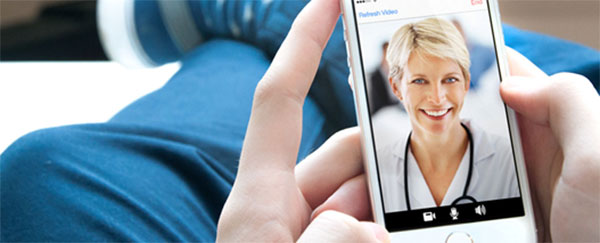
A lot has changed in the telehealth landscape over the past 5 years. Technology has improved to grant greater access to patients well beyond the metaphorical hospital walls via consumer devices and public Internet. Patients have grown comfortable with video as the new audio through pervasive consumer offerings used in daily life. Policies have changed, amplifying the financial benefits of telehealth for care providers and payors alike. But among all of these changes, perhaps the one that has moved us past the inflection point of the telehealth adoption curve more than any other is the integration of telehealth capability with existing clinical workflow tools such as EHR systems, health monitoring systems, interactive patient care systems, clinical decision support tools, etc.
Clinicians need tools that work the way that they do. They don’t have time to invest learning special purpose technologies that force them to change the way they practice medicine. That’s why Epic’s native integration of Vidyo into both mobile and desktop form factors for both clinicians and patients has been so warmly embraced by caregivers. In the recent MedCityNews article, Dr. James McElligot, Medical Director for Telehealth at Medical University of South Carolina, said, “The records are right there… that is a magical thing for us.”
When you make technology transparent to clinicians and enable them to deliver care remotely the same way they deliver care in person, adoption happens. Comparing the number of IDNs (Integrated Delivery Networks) implementing video visits to the patient home in fall of 2015 to the beginning of this year, we have seen over a ~400% increase.
Many of the biggest and best healthcare workflow providers have chosen VidyoWorks as their integrated video communications platform for telehealth, and as a result, Vidyo powers telehealth programs across the continuum of care for more than 120 IDNs in the US today. While greater access through error resilient technology that works in poor bandwidth environments and massive scalability to support service delivery to large populations are table stakes, ease of clinical use through workflow integration is king when it comes to clinical adoption. With care providers driving down costly readmissions through video visit follow-ups, telehealth subjects everywhere are chanting “Long live the King!”